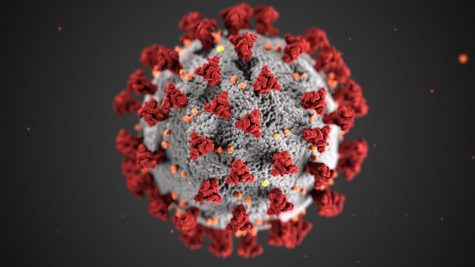Quantum Tunneling and the Aharonov-Bohm Effect

Although quantum tunneling has been observed on large scales, no one has yet actually measured the tunneling of a single particle until now. Physicists report using an ion trap system to observe the Aharonov-Bohm effect with quantum tunneling. The AB effect demonstrates that a magnetic field inside a confined region can have a measurable impact on a charged particle which never traveled inside the region. Chapman University affiliated quantum physicist Yutaka Shikano, Ph.D., has published an article in the journal Nature Communications. The title of the article is “Aharonov-Bohm effect with quantum tunneling in linear Paul trap.”
The Aharonov-Bohm (AB) effect was proposed by Yakir Aharonov, who is the co-director of the Institute for Quantum Studies at Chapman University, and David J. Bohm in 1959. The AB effect showed for the first time that a magnetic field inside a confined region can have a measurable impact on a charged particle which never traveled inside the region. This purely quantum effect, verified in a multitude of experimental set-ups, is at the heart of much of modern physics. Akira Tonomura and his coworkers used electron holography to empirically demonstrate the existence of the Aharonov-Bohm effect.
Another aspect of quantum theory is “tunneling,” a phenomenon in which a particle can go places where it is not allowed to go classically, and a fundamental component of the Nature paper. Applications of tunneling include nuclear fusion (which is the same thing that happens in the sun to give it is light, and it can be a useful energy resource), the diode used throughout electronics (advances in computers and other electronic software) , and different types of microscopes. Although it has been observed on large scales, no one has yet actually measured the tunneling of a single particle until now. Yutaka Shikano, who is an affiliated member of the Institute for Quantum Studies at Chapman and a research associate professor at the Research Center of Integrative Molecular Systems (CIMoS), Institute for Molecular Science and the Urabe group of Osaka University observed this effect for the first time. The experiment was performed at Osaka University using an ion trap system. They used three calcium ions arranged in a triangular structure. The observed tunneling was between the upward and downward triangular configurations. When they changed the strength of the magnetic field, it showed that the likelihood of a transition oscillated as originally predicted by the Aharonov-Bohm effect. Due to the fact that there is little information leaked about this, I was not able to gather any more information.








